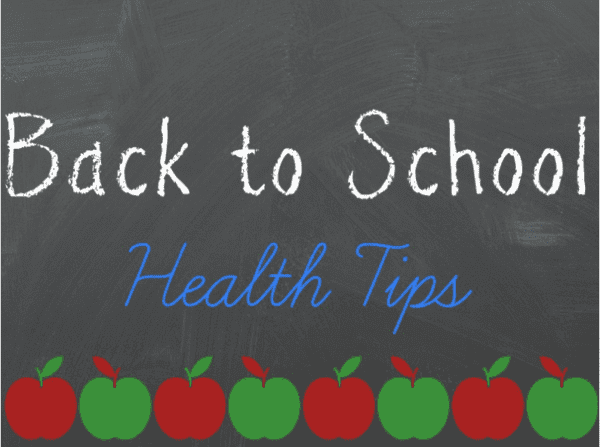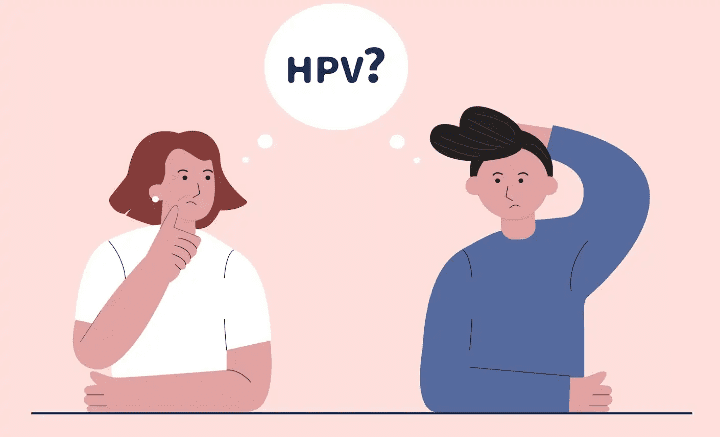Mondays with your MD – Back-to-school Health Tips
It’s that time of year again! Today we can review how to help children have a successful year.

Focus on Nutrition
Packing a healthy school lunch is key for giving your child a healthy energy boost during their school day.
High protein foods (yogurt, cheese, beans, hummus) with fresh vegetables and fruits are best.
Avoid empty calories added from sugars and solid fats.
Hydrate with water. Drink the number of 8oz cups daily equal to age. (5 cups for 5 year old)
Make Sleep a Priority

Most healthy children need EIGHT TO TEN HOURS of sleep each night
Put away electronic devices at least one hour before bedtime
Encourage children to read a book before bedtime
Eating a light healthy snack before bed can be beneficial, but avoid caffeine
Learning Styles and Behaviors
Now is a good time to schedule an annual exam with your doctor
Review any questions or concerns you may have about age-appropriate behavior, developmental milestones, and learning needs that can affect your child’s ability to learn in a classroom
Vision Screening is important. If your child is squinting, tilting head and holding handheld devices too closely are just some of the signs your child may have a vision problem.
Exercise: Get Active
School age children need 60 minutes or more of moderate-to-vigorous intensity physical activity each day
Encourage sports and outdoor activities after school
Walk or Bike to school






